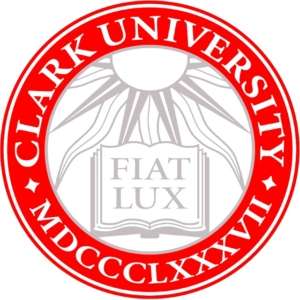 submitted by Maria O’Rourke,
submitted by Maria O’Rourke,
Sheepscot Lake Association President
Hello members and friends of the Sheepscot Lake Association. We look forward to another fun-filled season on the lake and wanted to update you on what we have planned for 2023. First, we want to share the sad news that SLA co-founder and former President Gary Miller passed away May 20, 2023. He served valiantly for nearly a decade as the leader of our organization, and he will be sorely missed. We extend our heartfelt condolences to his wife Margie and his entire family, many of whom have been enjoying summers on Sheepscot for years. We hope that as an Association we can continue to reach the standards that he so highly kept himself.
The Courtesy Boat Inspection Program will begin on the first weekend of July, with inspectors checking boats for invasive species every Saturday and Sunday, one shift in the morning and one in the afternoon. Say hello to our CBI workers and learn how to inspect your own boat, as well as why it is important to the health of the lake to do so.
The fifth Annual 4th of July Boat Parade will be held on Sunday, July 2, at noon, with a rain date of Monday July 3, at noon. Boats will meet up at the boat launch to line up for the procession. We look forward to seeing you out on your boats or waving from your shoreline!
Our Water Testing Committee will continue to check the phosphorus levels of the lake every month from May through September sending off the results to be analyzed, as in years past. We have been so blessed with healthy levels and we hope that trend continues.
Our LakeSmart Team will be conducting on site evaluations of homes to determine their “LakeSmart status.” To become ‘LakeSmart’, a property must meet certain criteria set forth by the Maine Lakes Society. These criteria are important because they combat erosion, which is a main concern for the health of the lake. Evaluators check your driveway, paths, and shoreline to see if there is any erosion and if so, what you can do to help prevent it. This is a free, non-regulatory program. If you are interested, please email us at sheepscotlakeassoc@gmail.com to set up a site visit, or to become a member of our team!
Volunteers will be out on the lake in the early morning of July 15 to participate in the annual Loon Count. This program is run statewide by the Audubon Society and helps to monitor the loon population. As a reminder, please watch your wake when boating close to shore where loons nest and if there is a nest in your area, be aware and stay away from it. We have been blessed with a healthy population of loons and we would like that to continue to be the case. Loons = a healthy lake!
Our annual general membership meeting will be held on Thursday, July 20, at 6 p.m. This year we will host a “dessert potluck” at the Fish and Game Club on Rte. 3 by the boat launch. We will provide coffee and soft drinks. Please bring a dessert to share! It will be a great opportunity to gather as a community, see what the association is working on, renew your membership, purchase lake association attire, and share some yummy treats. There will also be an informative guest speaker. With every family membership renewed at the meeting you will receive a Lake Book, published by the Maine Lakes Society, filled with useful information about how you can keep your property lake friendly. Two board member positions, treasurer and communications secretary, are up for renewal. If you are interested in serving on the board, please submit your name for nomination. The current board members holding these positions will also be on the ballet. There will be a vote at the meeting. We look forward to seeing you at the annual meeting!
Our online SLA merchandise store is up and running. We have tee-shirts in both adult and children’s sizes, a tote bag, and several more selections to come in the near future. Thank you for supporting our programs with your purchases! To learn more about the lake association, become a member, or renew your membership, please visit our website at www.sheepscotlakeassociation.com. See you on the lake!
 Clark University, in Worcester, Massachusetts, awarded 1,300 degrees (590 bachelor’s, 681 master’s, and 29 doctoral degrees) to the Class of 2023 and conferred three honorary degrees during their 119th Commencement ceremonies on Sunday, May 21.
Clark University, in Worcester, Massachusetts, awarded 1,300 degrees (590 bachelor’s, 681 master’s, and 29 doctoral degrees) to the Class of 2023 and conferred three honorary degrees during their 119th Commencement ceremonies on Sunday, May 21.

 submitted by Maria O’Rourke,
submitted by Maria O’Rourke,



 by Connie Bellet
by Connie Bellet
